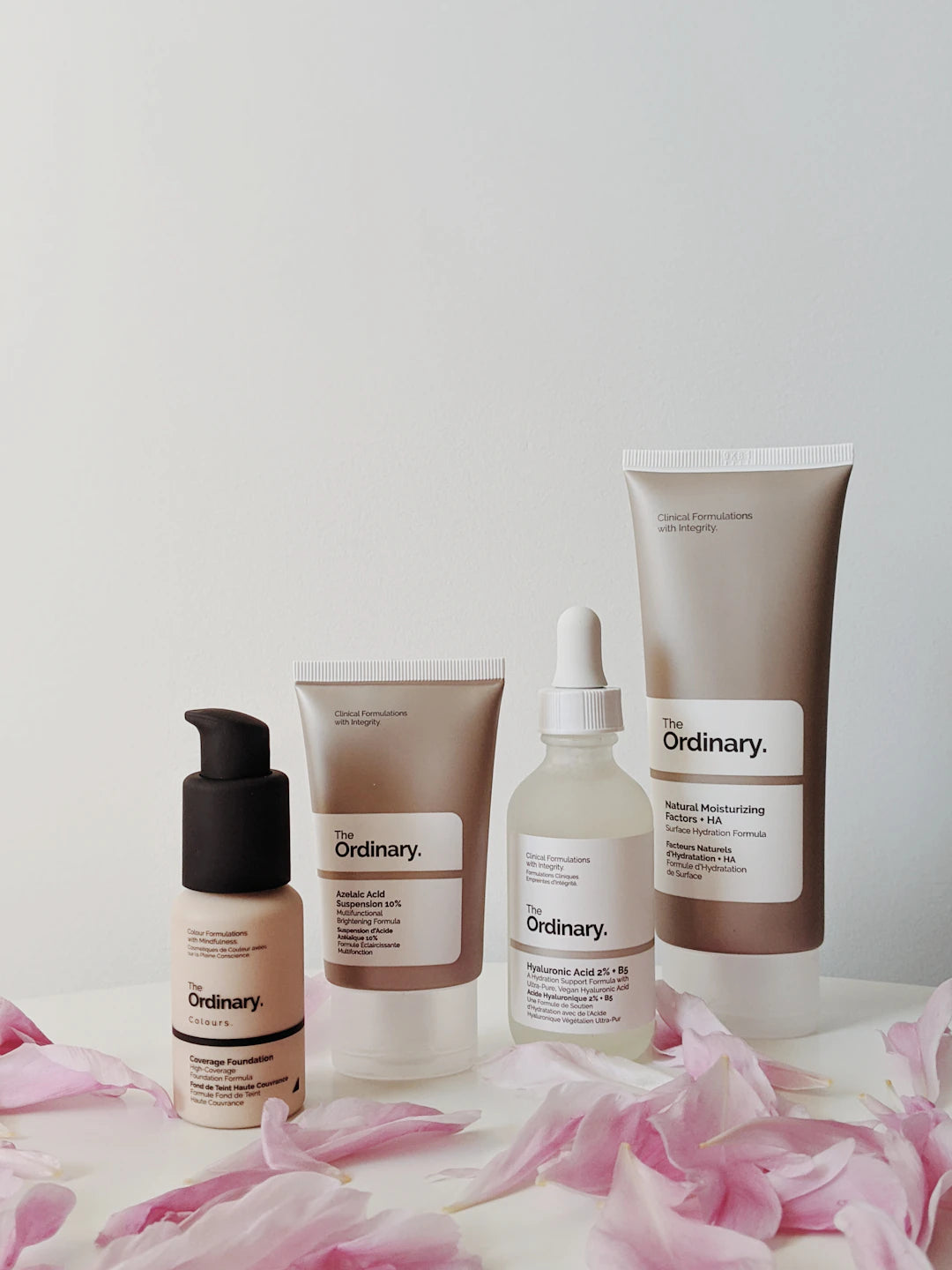Unmasking Hyperpigmentation: Your Ultimate Guide to Identification and Treatment

Hyperpigmentation is a common skin condition that affects many individuals, leading to uneven skin tone and dark patches. If you're searching for solutions or ways to improve your skincare routine, you’re in the right place. This comprehensive guide will help you identify hyperpigmentation, explore its causes, and discover effective treatments to restore your natural glow.
Understanding Hyperpigmentation
Hyperpigmentation occurs when excess melanin accumulates in certain areas of the skin, resulting in dark patches or spots. While hyperpigmentation is not harmful, it can be a source of concern for many. Let’s delve deeper into the different types of hyperpigmentation you might encounter.
Types of Hyperpigmentation
- Sunspots: Caused by prolonged sun exposure, these spots are often found on areas that receive direct sunlight, such as the face, hands, and shoulders.
- Melasma: Often referred to as the "mask of pregnancy," melasma appears during hormonal changes, such as pregnancy or birth control use, and is characterized by brown or gray-brown patches.
- Post-Inflammatory Hyperpigmentation (PIH): This type occurs following skin injuries or inflammation, such as acne, eczema, or burns, where dark patches remain after the wound has healed.
Identifying Hyperpigmentation
To effectively treat hyperpigmentation, it is crucial first to identify its type and underlying causes. Here are some common indicators:
Visual Signs
Hyperpigmentation typically manifests as patches of skin darker than your natural skin tone. These changes may appear on various areas of your body, most commonly on the face, neck, and hands. To distinguish between types, pay attention to factors like:
- The size and shape of the dark patches
- Whether the dark patches are uniform or irregular
- The location of the spots on your body
When to Seek Professional Help
If you're unsure about the nature of your skin condition, consulting with a dermatologist is an advisable approach. They can provide a professional assessment, ensuring that you pursue the right path for your skincare treatment.
Causes of Hyperpigmentation
Many factors can contribute to hyperpigmentation. Understanding them can help you prevent further occurrences and manage your skin care routine. Here are some common causes:
Sun Exposure
One of the leading causes of hyperpigmentation is exposure to ultraviolet (UV) rays from the sun. The sun stimulates melanin production, leading to the formation of dark spots. To protect your skin, incorporating a broad-spectrum sunscreen into your skincare routine is essential. Products like the Prism+ Defense Cream can provide protection against harmful rays.
Hormonal Changes
Hormones play a significant role in melanin production, especially in women. Factors such as pregnancy, birth control, or hormonal therapies can lead to melasma, triggering those characteristic brown patches. Recognizing these hormonal influences can assist in managing and preventing future discoloration.
Skin Inflammation
Skin conditions like acne, eczema, or skin injuries can lead to post-inflammatory hyperpigmentation. This form of hyperpigmentation can last for months or years after the initial inflammation has resolved. Be mindful of treating skin injuries gently to reduce the risk of PIH.
Treating Hyperpigmentation
Now that we’ve covered the fundamentals of hyperpigmentation, let’s discuss treatment options. Depending on the severity and type of hyperpigmentation, different strategies may be effective.
Topical Treatments
One of the most accessible forms of treatment involves incorporating specific ingredients into your skincare routine. Here are some powerful options:
- Vitamin C: A potent antioxidant that brightens the skin and helps fade dark spots.
- Hydroquinone: A skin-lightening agent used to treat hyperpigmentation, but should be used under dermatologist guidance.
- Retinoids: These antiaging agents stimulate cell turnover and encourage skin renewal, leading to improved skin texture and tone.
- Azelaic Acid: Known for its anti-inflammatory properties, it can reduce melanin production and treat PIH.
Cosmetic Procedures
If topical treatments aren't effective, there are various cosmetic procedures available, including:
- Chemical Peels: They remove the outer layers of skin to reveal brighter skin underneath, helping to fade discoloration.
- Laser Therapy: Targeted lasers can break down melanin deposits and resurface the skin.
- Microdermabrasion: A less invasive option that exfoliates the top layer of skin to even skin tone.
Preventing Hyperpigmentation
Prevention is always better than cure. Adopting a solid skin care routine can significantly reduce your risk of developing hyperpigmentation. Here are some key tips:
- Apply Sunscreen: Protecting your skin from UV rays is crucial. Use a broad-spectrum sunscreen with an SPF of 30 or more daily.
- Limit Sun Exposure: Try to avoid sun exposure during peak hours and seek shade when outdoors.
- Gentle Skin Care: Use gentle products that won't irritate your skin and avoid harsh scrubs.
- Stay Hydrated: Drink plenty of water to keep your skin hydrated and healthy.
The Power of Skincare Ingredients
Alongside protective measures, focus on enhancing your skin with beneficial ingredients. Products like Prism+ Defense Cream can be an integral part of your routine. It may help with anti-wrinkles and skin tightening, giving you a youthful appearance while providing protection.
Building Your Skincare Routine
Incorporating these elements into your skincare routine will be vital in reducing the appearance of hyperpigmentation:
- Mild cleanser to remove impurities
- Exfoliators to slough off dead skin cells (2-3 times a week)
- Serums containing vitamins C and E or other brightening agents
- A moisturizer to keep skin hydrated
- Sunscreen as the final step to protect against UV damage
The Path to Radiant Skin
Hyperpigmentation doesn't have to dictate the terms of your skincare journey. By understanding your skin and following a robust skincare routine, including protective and correcting products, you can see significant improvements. Embrace this opportunity to rejuvenate your skin while gaining valuable knowledge about your unique skincare needs.
Whether it's through a gentle approach at home or considering professional treatments, you are well on your way to achieving an even-toned complexion. Remember, every clear skin success story begins with a journey—let's make yours unforgettable!


